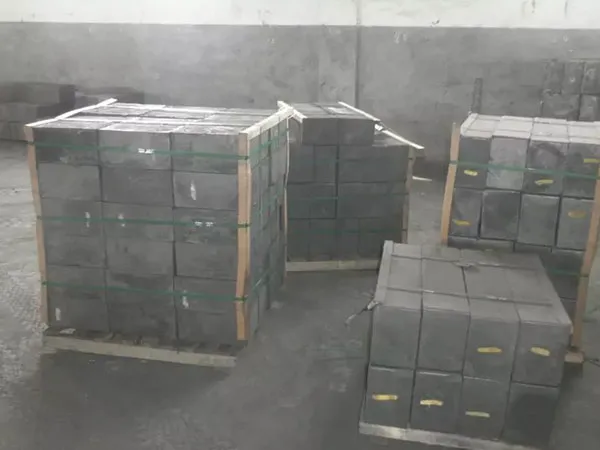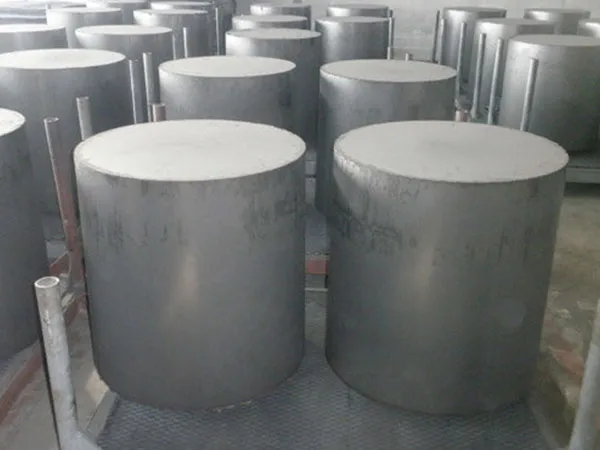What is the difference between die-molded graphite and isostatic graphite?
The graphite stands out for its exceptional properties, including high thermal and electrical conductivity, excellent thermal shock resistance, and chemical inertness. Within the realm of synthetic graphite, two prominent types are die-molded graphite and isostatic graphite. While both are manufactured from carbonaceous raw materials and undergo high-temperature processing to achieve their graphitic structure, their fundamental difference lies in their shaping process, which profoundly impacts their resulting material properties and suitability for diverse applications.
Difference Between Die-molded Graphite and Isostatic Graphite

1. Manufacturing Process:
Die-Molded Graphite:
Produced by compressing a mixture of graphite powder and a binder into a mold using uniaxial (single-direction) or sometimes bidirectional pressure.
This process can involve “pressed to size” (PTS) technology, allowing for near-net-shape production, which can be cost-effective for high-volume, complex parts.Can be done via cold or hot molding.
Isostatic Graphite:
Manufactured using a cold isostatic pressing (CIP) process.
The raw material mixture is placed in a flexible mold and subjected to uniform, high pressure from all directions by a fluid medium (liquid or gas) in a sealed chamber. This is based on Pascal’s law, ensuring even compression.
This method is generally considered more advanced and can also include warm or hot isostatic pressing.

2. Material Properties:
Die-Molded Graphite:
Anisotropic properties: Its characteristics (strength, thermal conductivity, electrical conductivity) can vary depending on the direction of measurement, particularly if formed by extrusion (which is a form of molding through a die). Some die-molded graphites can also show high anisotropy due to the axial forming process.
Can have a fine to ultrafine granulation.
Properties can be adjusted for specific tribological or electrical needs.
Isostatic Graphite:
Isotropic properties: This is the most significant difference. Due to the uniform pressure from all directions during manufacturing, isostatic graphite exhibits consistent properties (strength, density, thermal and electrical conductivity, thermal expansion) in all directions.
…
More detailed information about the difference between die-molded graphite and isostatic graphite can be clicked to visit:https://www.czgraphite.com/a/news/difference-between-die-molded-graphite-and-isostatic-graphite.html

